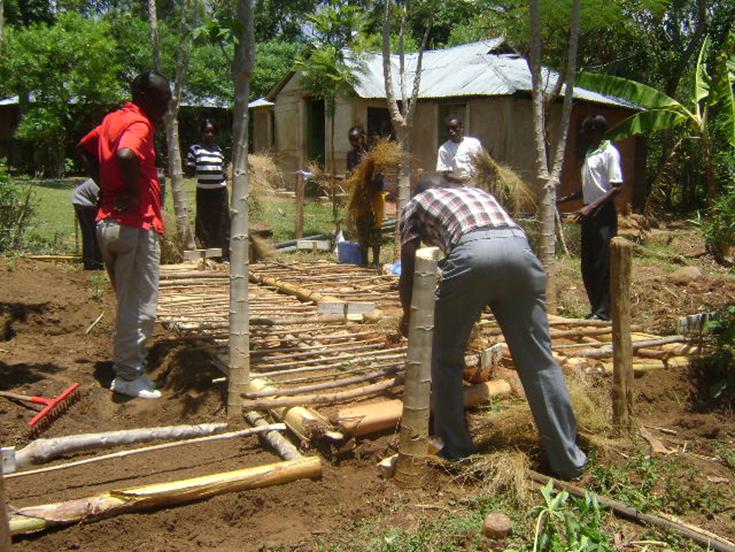Evarastus Obura
Other projects
Promoting conservation of biodiversity in interdependent ecosystems through educating communities on rewarding livelihood options to counter existing threats in the upstream.

Training on establishment of tree nursery enterprises.
Kajulu and Nyando (both upstream) and Dunga (downstream) wetlands are located in Kisumu County. Kibos, Ombeyi and Nyamasaria rivers support upstream communities through irrigation and other domestic uses. Unlike in Dunga where land is mainly trust, upstream land is largely privately owned and mainly used for agriculture, energy needs and water. Deforestation and water streams diversion upstream Kajulu exasperate soil loss upstream hence siltation and agro-chemical deposits downstream leading to eutrophication of wetland ecosystems, reduced rainfall and reduced water flow to downstream swamps hence gradual loss of wetland biodiversity, low crop output hence worsening food insecurity situation. Great potential lies in these ecosystems to help mitigate climate change effects alongside enhancing conservation of papyrus endemic birds in downstream swamps and vulnerable upstream biodiversity (LVCEEP Report, 2011).
The previous work has facilitated realization of sustainable natural resource based business opportunities by many local groups. This potential needs to be harnessed through further sensitizing the communities and promoting non consumptive use of non renewable natural resources and more utilization of renewable natural resources thus leveraging conservation efforts. We seek to promote community based sustainable utilization of ecosystem services to enhance climate change mitigation and conservation of biodiversity in interdependent ecosystems through educating upstream communities on rewarding livelihood options to counter existing threats.
Objectives:
i. To improve local intervention and sustainable management of upstream and downstream ecosystems through a sustained climate change education on importance of these ecosystems in impact mitigation.
ii. To increase local households participation in curbing main causes of deforestation in the upstream forest ecosystems through promoting poverty alleviation initiatives for improved quality of life.
iii. To strengthen local participation in sustainable agriculture through improving knowledge on best alternatives.
iv. To improve target groups’ participation in micro- finance projects through enabling accessibility to cheap loans by establishing a revolving fund.